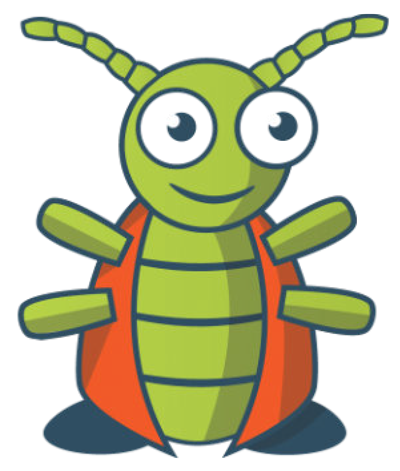1. What are head lice?
Head lice are tiny, wingless parasites that live on human hair and depend on human blood for survival. They are particularly common in children due to close play and interactions.
2. How head lice are transmitted
Head lice are Head lice are generally transmitted through head-to-head contact and from sharing personal items such as hats, combs, brushes, helmets, etc.
3. Symptoms of head lice
Symptoms of head live can include intense itching of scalp, tickling sensation from movement of hair, small red welts from bites on the scalp, nits (eggs) on hair shaft close to scalp that are not easily removed and sightings of live lice on the hair.
4. How to check for head lice
It is important to check where there is good lighting and use magnification if possible. Separate and part the hair to expose the hair shaft close to the scalp. Check the entire head, paying close attention to the areas behind the ears, back of head along the neckline, and the crown of the head. You are looking for signs of lice: nits (eggs) on the hair shaft close to scalp; small red marks on scalp and/or back of neck; and sightings of live lice.
5. Head lice life cycle: Nit > Nymph > Adult
NITS are the eggs from the adult head lice. They are very small and sand-like in size. They are yellow, tan or brown in colour and can be difficult to detect. They are located on the hair shaft close to the scalp. Unlike dandruff, they are not easily removed, and must be pulled to the end of the hair shaft to be dislodged. Nits will hatch, producing nymphs in about 7–10 days.
NYMPHS have three molting stages. They start out pinhead size, gradually growing until they are the size of a sesame seed. Typically greyish-white or tan in colour. These molting stages last about 7 days and then they become adults.
ADULT LICE are the size of a sesame seed. They are typically tan, brown and black in colour. They camouflage well and are often similar in colour to the hair of the host. They can live up to 30 days and can lay hundreds of eggs during their life span. They do not survive more that 24-48 hours once they have left the host.
6. Breaking the life cycle
It is important to check where there is good lighting and use magnification if possible. Separate and The first treatment removes live lice and mature nits. Some remaining microscopic nits are not removed due to their small size. The remaining nits will mature in about 7-10 days. It is very important to repeat the treatment to remove the nymphs before they mature to an adult and are able to lay eggs. If the infestation is severe, we recommend repeating the treatment every 3-5 days until all lice and nits are removed.
7. Cleaning your environment
We recommend washing items that have been in direct contact with head and hair for the past 48 hours. Combs, brushes and hair accessories can be washed in hot soapy water and sterilized in boiling water. Hats, pillow cases, clothes, etc. can be washed in hot water and put in a dryer using the hot cycle for 30 minutes. Items that cannot be washed can be put in a freezer for 48 hours or bagged and put aside for 7-10 days. Couches, car headrests, etc. can be vacuumed where there may have been head contact. Lice can only survive 1-2 days once they have left their host so a major cleaning is not necessary.


